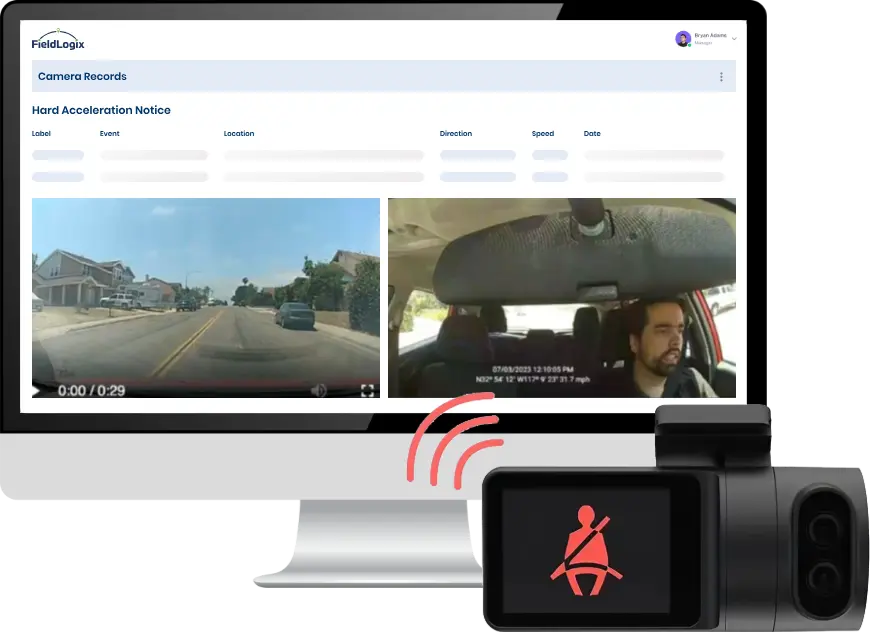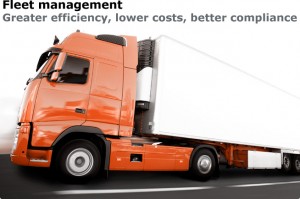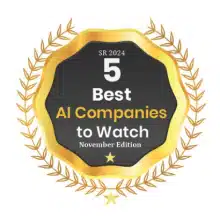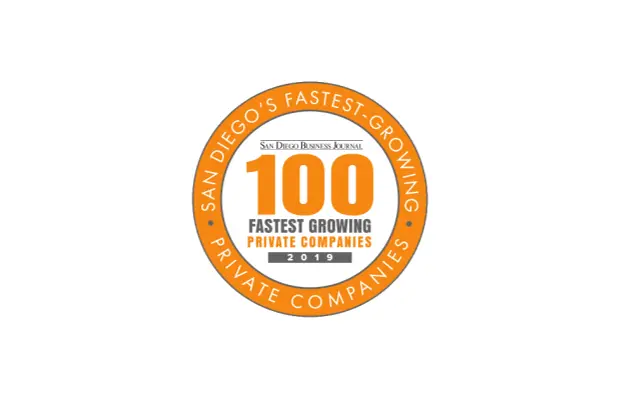Best Practices in Reducing Government Fleet Fuel Expenses
The following article discusses how government fleets around the US are successfully managing and reducing fleet fuel expenses. This Part One of a Series of Articles. Next to to depreciation, fuel is the second greatest public sector fleet expense. Municipal, county, and state fleets reveal their best practices in reducing fleet fuel expenses.
Identify underutilized vehicles and equipment with high maintenance costs
The City of San Antonio’s Fleet Management Department reviews fuel requirements and usage, vehicle mileage, and fleet maintenance costs to identify underutilized vehicles and unnecessary equipment with high maintenance costs with fleet tracking telematics equipment. San Antonio’s fleet is comprised of approximately 5,050 vehicles and equipment, mostly sedans (1,500) and specialized equipment (3,000-plus), including refuse trucks, trailers, and off-road equipment. The city has been successful in reducing the size of its fleet and when necessary purchase more fuel efficient fleet vehicles.
“In an effort to further reduce fuel costs and emissions, the City is currently evaluating the introduction of both E-10 (10-percent ethanol) and B-5 (5-percent biodiesel) fuels,” said Florencio Peña, fleet manager, City of San Antonio. “Compressed natural gas (CNG) is used to power 30 of the City’s side-loader refuse trucks, and propane has been used for several years to power both vehicles and equipment.”
Replaced outdated fuel card reader systems with an automated fuel fleet management system














